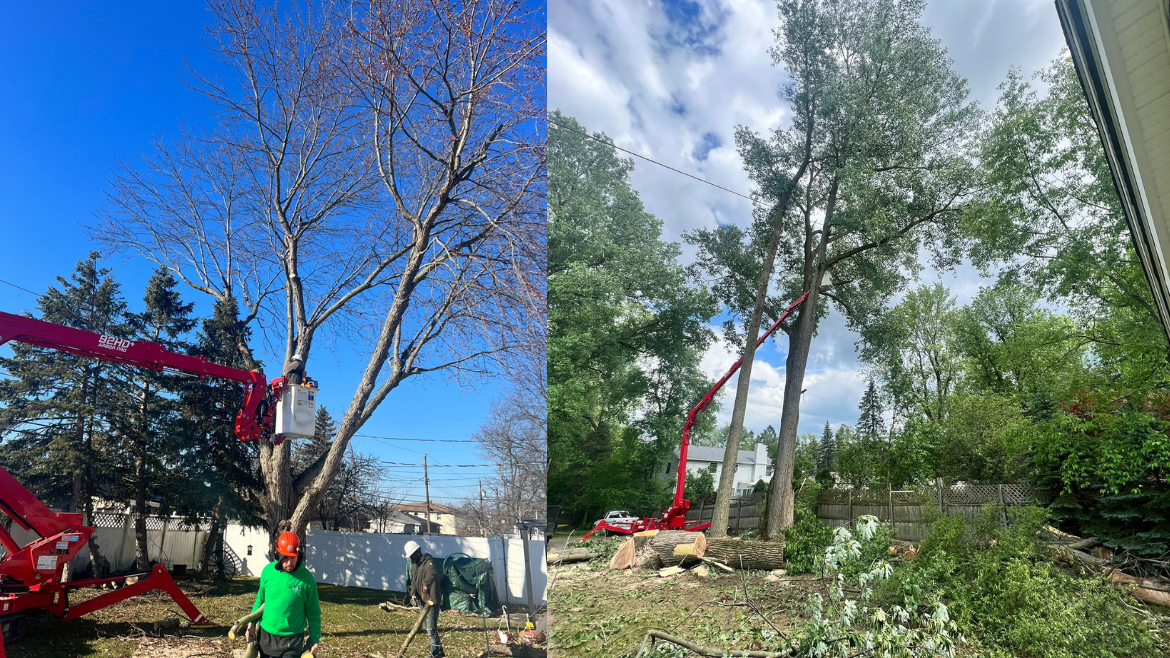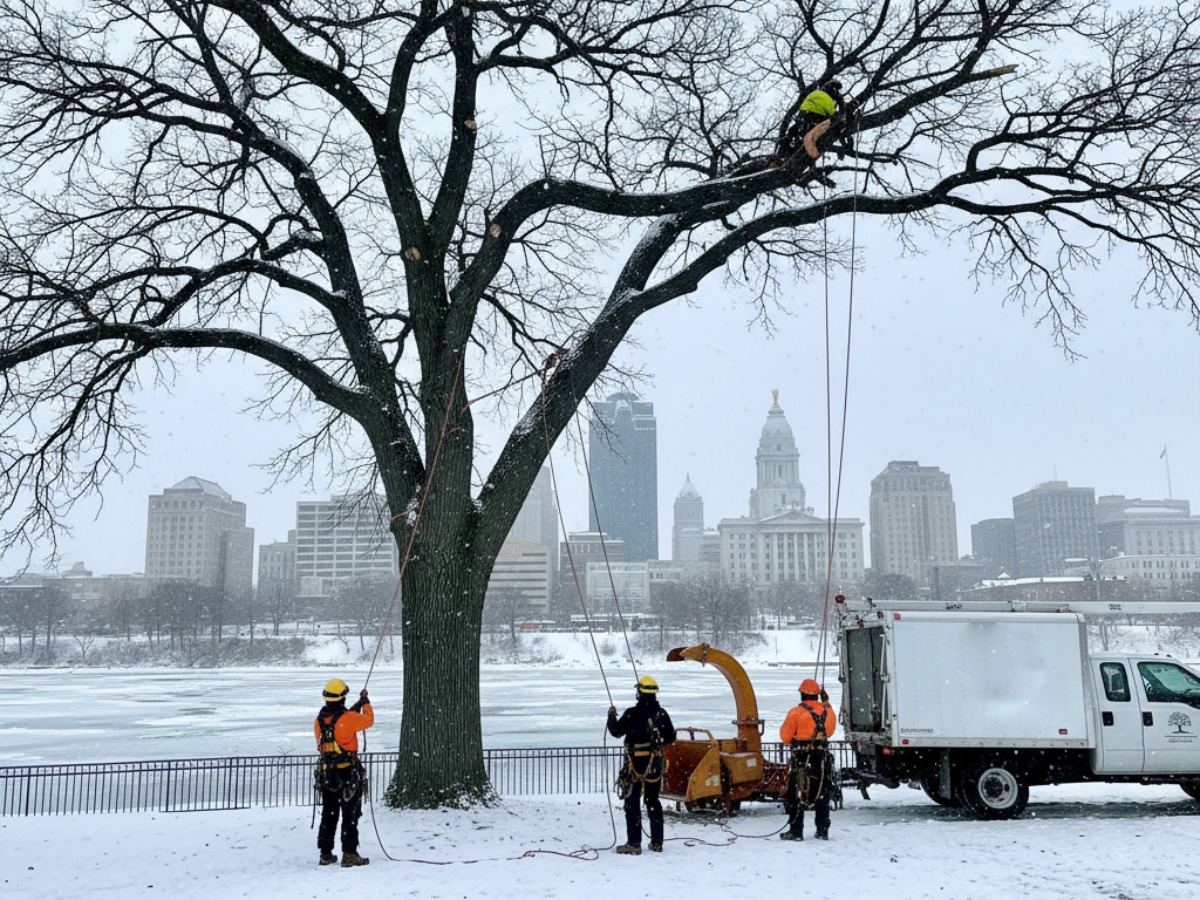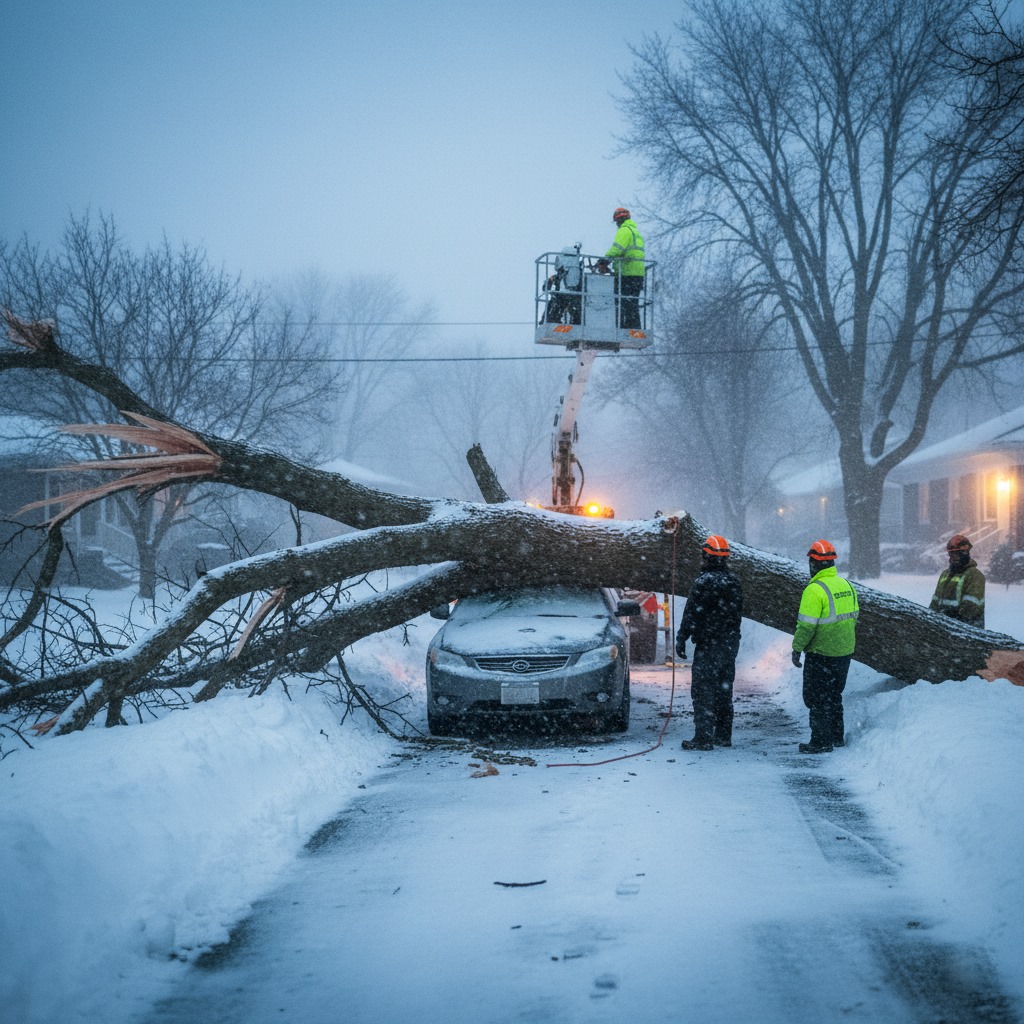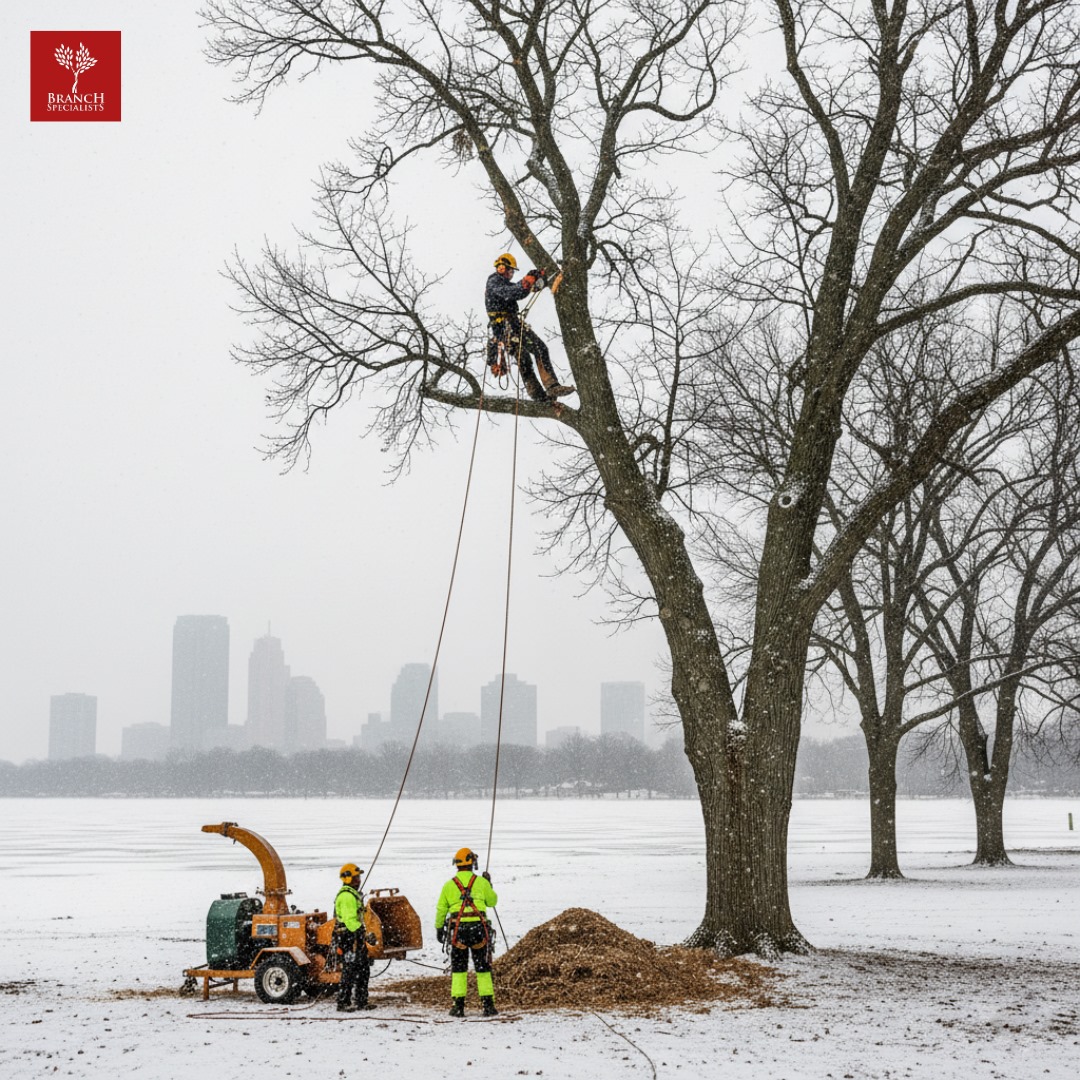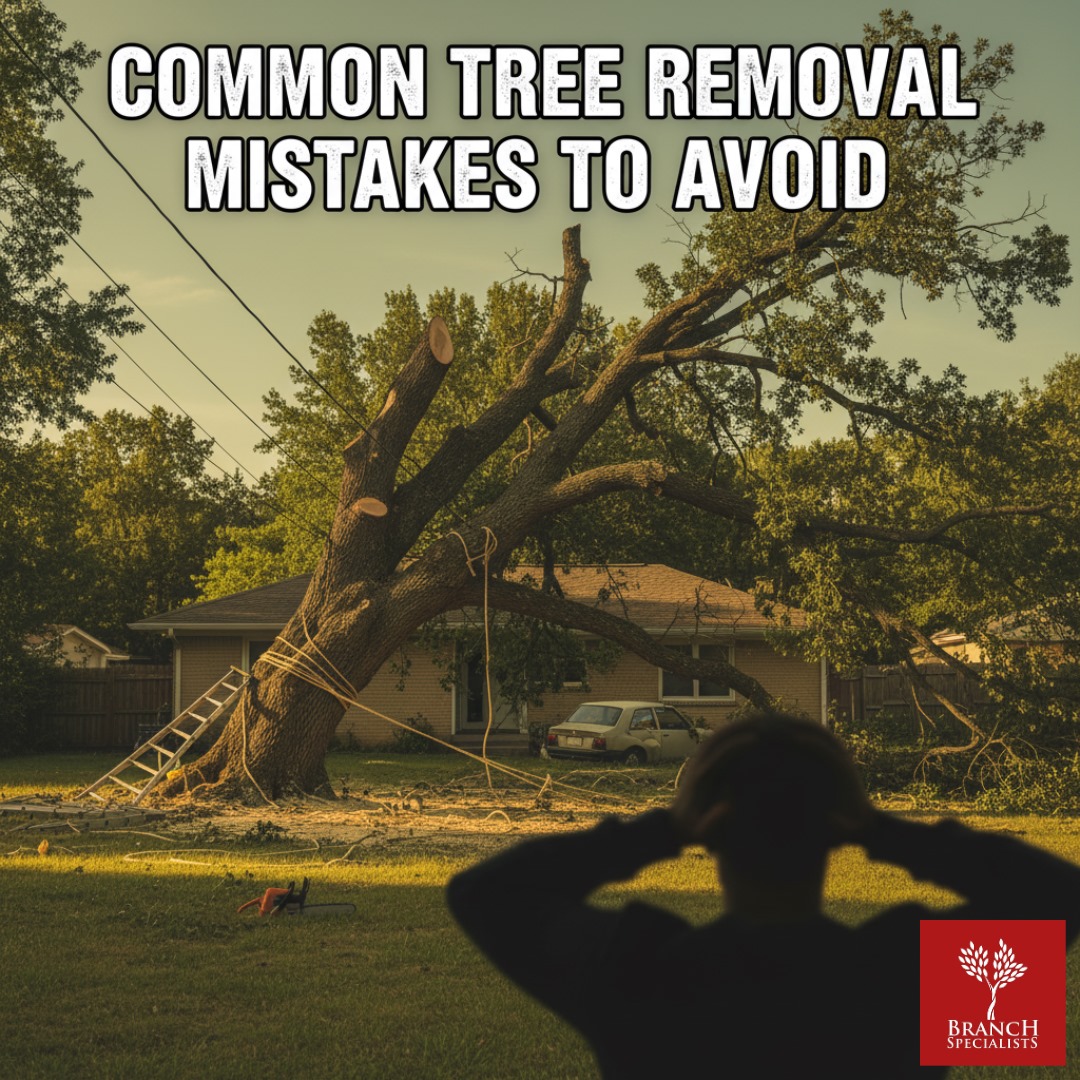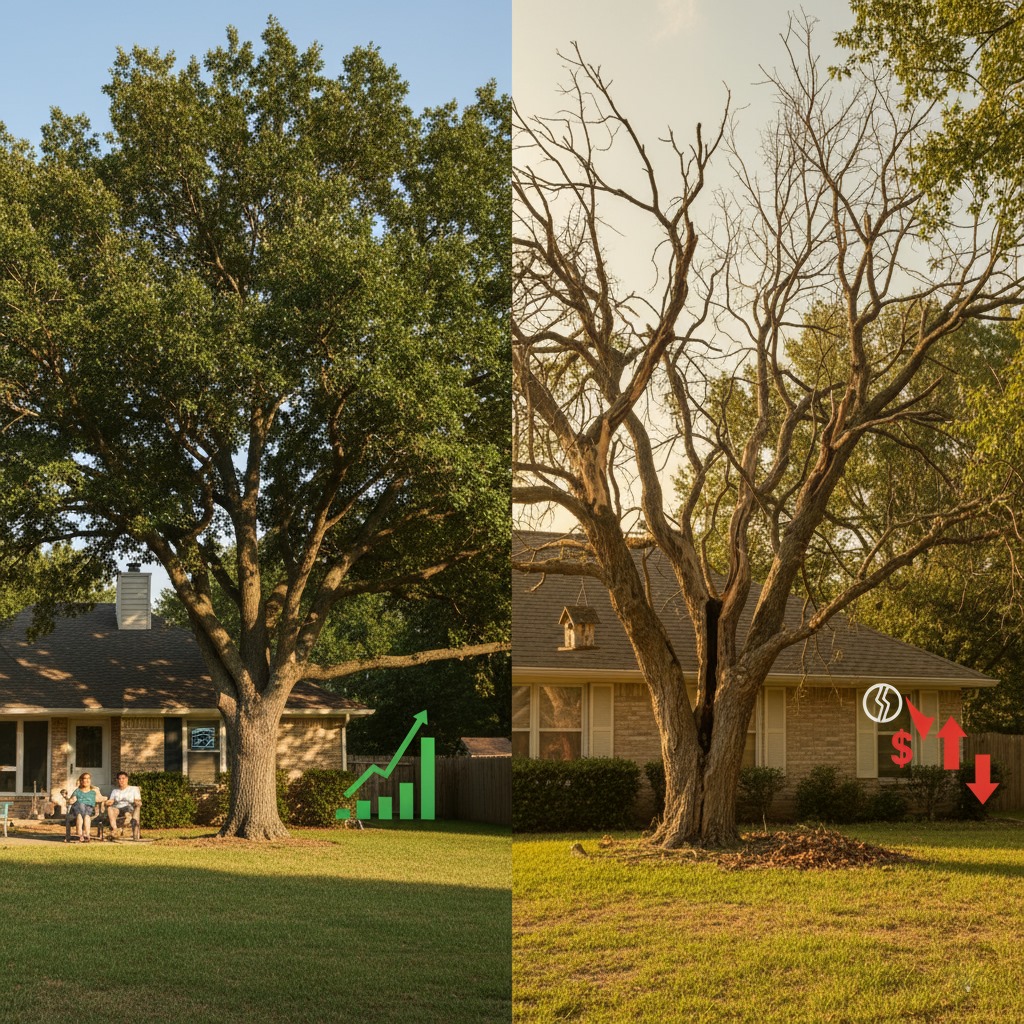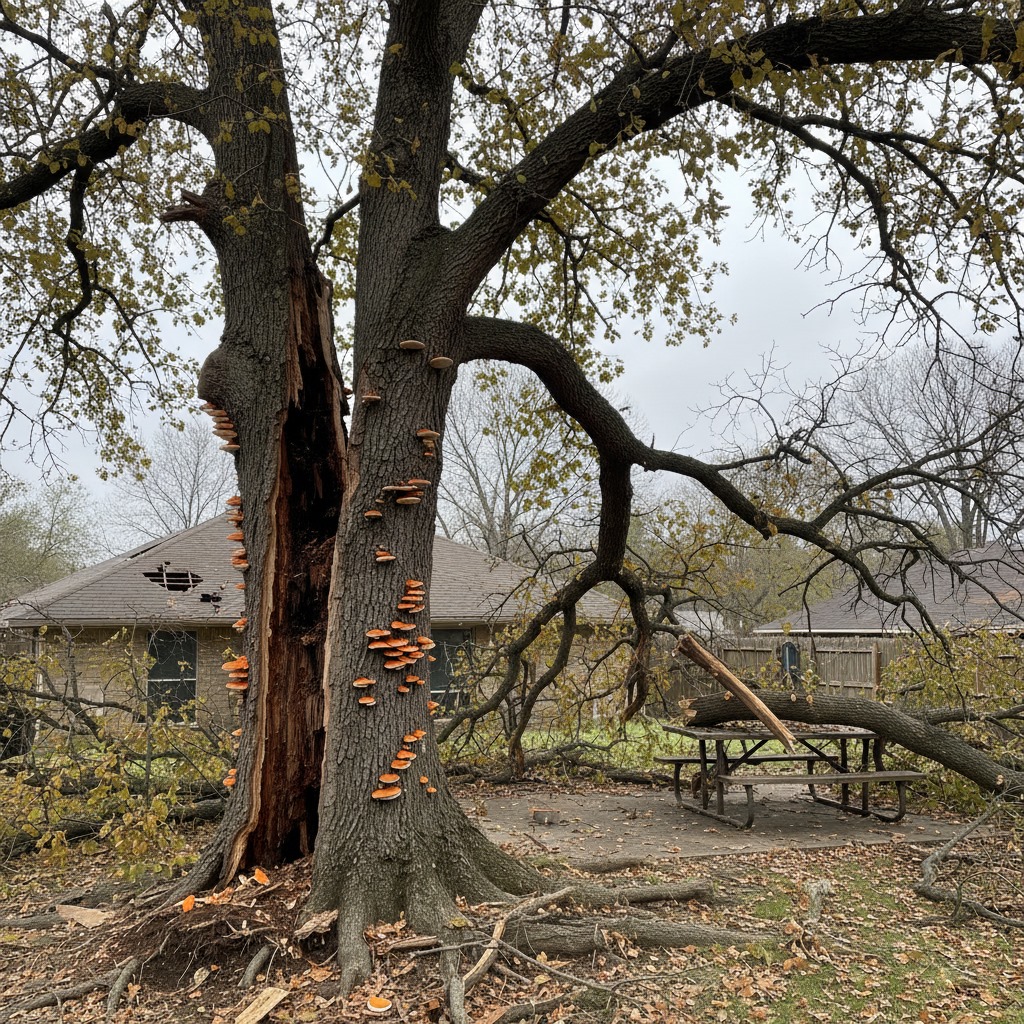As nature\’s majestic giants, trees play a vital role in our environment and daily lives. From providing oxygen to creating a tranquil ambiance, trees are truly invaluable. One essential aspect of tree care is pruning, which involves trimming branches for the tree\’s health and aesthetics. But what about tree cutting lower branches off a tree?
Let\’s dive into the debate on whether this practice is beneficial or harmful, and explore why it has become a common concern among tree owners.
Why People Cut Lower Branches Off Trees
When it comes to tree maintenance, tree cutting lower branches is a common practice among homeowners and arborists alike.
One of the main reasons people choose to trim these lower branches is for aesthetic purposes. By removing lower limbs, trees can be shaped and sculpted to enhance their overall appearance.
Another reason for tree cutting lower branches off trees is to promote healthy growth. When branches become overcrowded or start competing for sunlight, it can hinder the tree\’s development. Tree trimming these lower branches allows for better air circulation and light penetration throughout the canopy, ultimately benefiting the tree\’s health.
Moreover, tree cutting lower branches can also prevent safety hazards. Low-hanging limbs can pose a risk to property or individuals below if they were to fall unexpectedly during extreme weather conditions or due to disease.
There are various valid reasons why people opt to cut lower branches off trees, each serving a specific purpose in promoting both the tree\’s well-being and visual appeal.
Benefits of Removing Lower Branches
Improved Aesthetics
One of the key benefits of removing lower branches from trees is improving aesthetics. By pruning these lower branches, you can enhance the overall appearance of the tree, creating a more visually appealing landscape. This can also help to increase property value by boosting curb appeal.
Better Air Circulation
Removing lower branches can also promote better air circulation and sunlight penetration throughout the tree. This not only benefits the health of the tree itself but also improves the surrounding vegetation by allowing for more light and airflow.
Safety
Additionally, tree cutting off lower branches can prevent potential safety hazards. Low-hanging branches can pose risks such as falling on structures or people during storms or strong winds. By trimming these branches, you reduce the likelihood of accidents and property damage.
Encourages Upward Growth
Moreover, removing lower branches can encourage upward growth in trees, leading to a healthier canopy and overall stronger structure. It allows for better weight distribution within the tree, reducing stress on limbs and minimizing the risk of breakage.
There are numerous advantages to removing lower branches from trees beyond just enhancing their appearance – it promotes health, safety, growth and longevity in your greenery!
Important Read:Professional Tree Cutting and Tree Care Services in Buffalo, NY
Potential Risks of Cutting Lower Branches
When considering tree cutting lower branches off a tree, it\’s essential to be aware of the potential risks involved. One risk is that improper pruning can lead to decay and disease entering the tree through the cut wounds. This can weaken the tree\’s overall health and structural integrity over time.
Another risk is related to safety concerns. Removing lower branches without proper equipment or experience can result in accidents such as falling branches causing injury or damage to property. Additionally, tree cutting large branches near power lines poses a serious hazard that should only be handled by trained professionals.
Furthermore, over-pruning or removing too many lower branches can disrupt the tree\’s natural balance and growth pattern. This may cause stress to the tree, making it more susceptible to pests and diseases.
Before deciding to cut lower branches, it\’s crucial to assess these potential risks carefully and consider consulting with professional arborists for guidance on proper pruning techniques tailored to your specific tree species.
Factors to Consider Before Tree Cutting Lower Branches
Before deciding to cut lower branches off a tree, there are several important factors to consider.
- First and foremost, think about the overall health and structure of the tree. Removing lower branches can impact its stability and growth pattern.
- Consider the species of the tree as well. Some trees may not respond well to having their lower branches removed, leading to potential stress or damage. It\’s crucial to understand how different types of trees will react to pruning.
- Another factor to keep in mind is the time of year. Certain seasons are better for pruning than others, so timing your branch removal appropriately can promote faster healing and regrowth.
- Additionally, assess the size and age of the tree before making any cuts. Younger trees may benefit from branch removal more than older ones, which might struggle to recover from significant pruning.
- Evaluate your own skills and equipment. If you\’re unsure about safely removing lower branches or if the task seems too large, it\’s best to consult with professional tree pruning services for assistance.
Process of Tree Cutting Lower Branches
When it comes to tree cutting lower branches off a tree, it\’s essential to follow a proper process to ensure the health and safety of the tree.
- The first step is evaluating the tree and determining which branches need to be removed for optimal growth and aesthetics.
- Next, make sure you have the right tools such as pruning shears or saws that are sharp and clean to prevent damage.
- Before making any cuts, identify the branch collar – this is where the branch meets the trunk – and make your cut just outside of it at a slight angle. This helps with healing and reduces the risk of disease entering through open wounds.
- Always start with smaller branches before moving on to larger ones to maintain control over the process.
- After tree cutting each branch, take a step back and assess how it\’s affecting the overall shape of the tree. Less is often more when pruning trees as excessive cutting can stress them out.
Once you\’ve finished tree trimming all desired lower branches, properly dispose of debris and consider applying wound dressing if necessary for protection against pests or diseases.
Professional Tree Pruning Services and Their Benefits
Professional tree pruning services offer a range of benefits for both the health and aesthetics of your trees. Tree specialists have the expertise to assess the specific needs of each tree on your property and provide tailored pruning techniques. By removing dead or diseased branches, they help prevent potential hazards such as falling limbs during storms.
Tree pruning also promotes healthy growth by allowing sunlight and air circulation to reach the inner branches. This can enhance fruit production in fruit-bearing trees and improve overall tree vigor. Additionally, proper pruning can shape trees for better structure and symmetry, enhancing the visual appeal of your landscape.
Moreover, hiring professional arborists ensures that pruning is done correctly without causing damage to the tree. They use specialized tools and techniques to make precise cuts that promote healing and reduce stress on the tree. Investing in professional tree pruning services can prolong the lifespan of your trees while maintaining their beauty and structural integrity.
FAQs About Tree Pruning Service Buffalo NY
Q. Is it necessary to prune lower branches?
Pruning lower branches can help improve the overall health and appearance of a tree. It allows for better air circulation, sunlight exposure, and reduces the risk of disease.
Q. When is the best time to trim lower branches?
The ideal time to prune trees is during their dormant season in late winter or early spring. However, dead or damaged branches can be removed at any time of year.
Q. Can I remove lower branches by myself?
While it may be tempting to tackle this task on your own, it\’s recommended to hire professional tree pruning services for safety and optimal results.
Q. How often should I trim lower branches?
The frequency of pruning depends on the type and condition of the tree. Consulting with arborists can help determine a suitable pruning schedule tailored to your specific needs.
Q. What are the risks involved in tree cutting lower branches?
Improper pruning techniques can lead to damage, stress, and potential hazards for both you and the tree itself.
Conclusion and FREE QUOTE Offer
The decision to cut lower branches off a tree should not be taken lightly. While there are clear benefits to pruning trees properly, it is essential to consider all factors and potential risks before making any cuts. If you decide that tree pruning is necessary for the health and aesthetics of your trees, it is highly recommended to seek professional help.
Branch Specialists Tree Service Buffalo NY offers expert tree pruning services in Buffalo NY. Our team of arborists has the knowledge and experience to assess your trees\’ needs accurately and provide precise pruning that promotes healthy growth while maintaining the structural integrity of the tree.
For a FREE QUOTE on our professional tree pruning services in Buffalo NY, contact Branch Specialists Tree Service today. Let us help you enhance the beauty and health of your trees with our top-notch tree care solutions!

